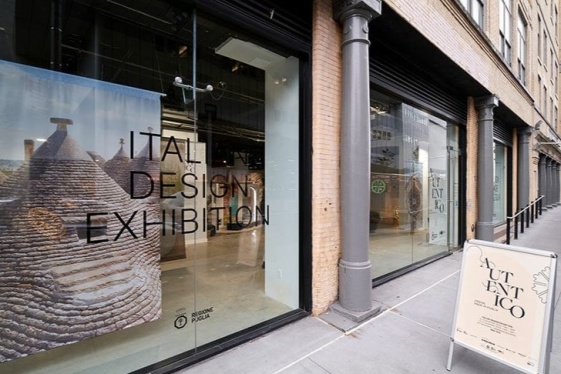

Taranto, often called the queen of Magna Graecia, is a city rich in history and art. Founded by the Spartans in the 8th century BCE, it was one of the most important city-states of the ancient world. Even today, its geography is unique, as it is surrounded by two bodies of water—the Mar Piccolo (Small Sea) and the Mar Grande (Big Sea)—precious treasures of the Mediterranean.
One of the most iconic local delicacies born on the shores of Taranto is the Taranto mussel, known locally as cozza gnore, or "black mussel" in the Tarantino dialect. It’s considered the safest and healthiest mussel in all of Italy. Taranto is, in fact, the Italian capital of mussel farming, and the mussel itself has become a cultural, economic, and identity symbol of the city. Annual production of Taranto mussels varies depending on environmental conditions, but can exceed 30,000 tons.
The secret that makes the Taranto mussel truly one-of-a-kind lies in the place where it is grown: the Mar Piccolo. Here, the water transitions from “wavy” to “smooth” near the citri, natural freshwater springs that flow from the Alta Murgia and eventually reach the Ionian coast. This extraordinary natural feature gives the mussels their distinctive flavor. The low salinity of the water provides an ideal hydrobiological environment for mussel metabolism and growth. Taranto mussels have unmistakable and unique characteristics: they’re large, have a pinkish-white interior, a briny iodine aroma, and a full, slightly sweet flavor.
So far, 34 freshwater springs have been identified in the Mar Piccolo, resembling underground rivers that flow directly into the sea. Along with the low salinity, another crucial factor contributes to the mussel’s quality: the Mar Piccolo is a calm body of water, which allows mussels to grow stress-free and develop their unique taste. From the planting of the mussel seed to the time they are ready for market, around 18 months of work are required for full maturation.
Over time, local mussel farming practices have evolved toward a sustainable model. Today, mussels are commonly grown in compostable bioplastic nets, which degrade naturally within a few years. This innovation has helped prevent 20 tons of plastic from being dumped into the sea in just the past 24 months.
By May or June, the Taranto mussels reach maturity and are ready for distribution in both domestic and international markets.
A long series of laboratory tests, combined with carefully monitored purification processes and analyses, makes these mussels among the safest in the world. In fact, Taranto mussels are also used as bioindicators—their ability to absorb pollutants helps monitor water quality and pollution levels.
You may be interested
-
'Autentico: design made in Puglia' pop-up exh...
‘Autentico. Design made in Puglia’ is located at 82 Gansevoort Street, New York, and be op...
-
'Enchanting' Italian town has stunning roofto...
The travel itinerary company Earth Trekkers has highlighted a hidden Italian commune with ...
-
'Moroseta Kitchen' is a new recipe book offer...
Scrumptious sharing plates, and colourful side dishes that evoke effortless simplicity, al...
-
'The beauty, music and people of Salento keep...
When Audrey Fielding first came to Puglia, she was expecting "a barren landscape", based o...
-
‘I’m a travel expert these 3 spots offers an...
As summer approaches, Riviera Travel has released a round-up of hidden gem destinations ac...
-
‘Iron Chef’ Judge Donatella Arpaia Leads Ital...
Have you ever wanted to tour the Southern Italian countryside while learning how to cook f...
-
‘Italy Stay Strong’: What the Coronavirus Eme...
Below is our interview with Robert and Lili of Espressino Travel who I had the pleasure to...
-
‘Music and the Cities’ podcast
"When the silence in the streets may seem deafening, music continues to dictate trends and...










